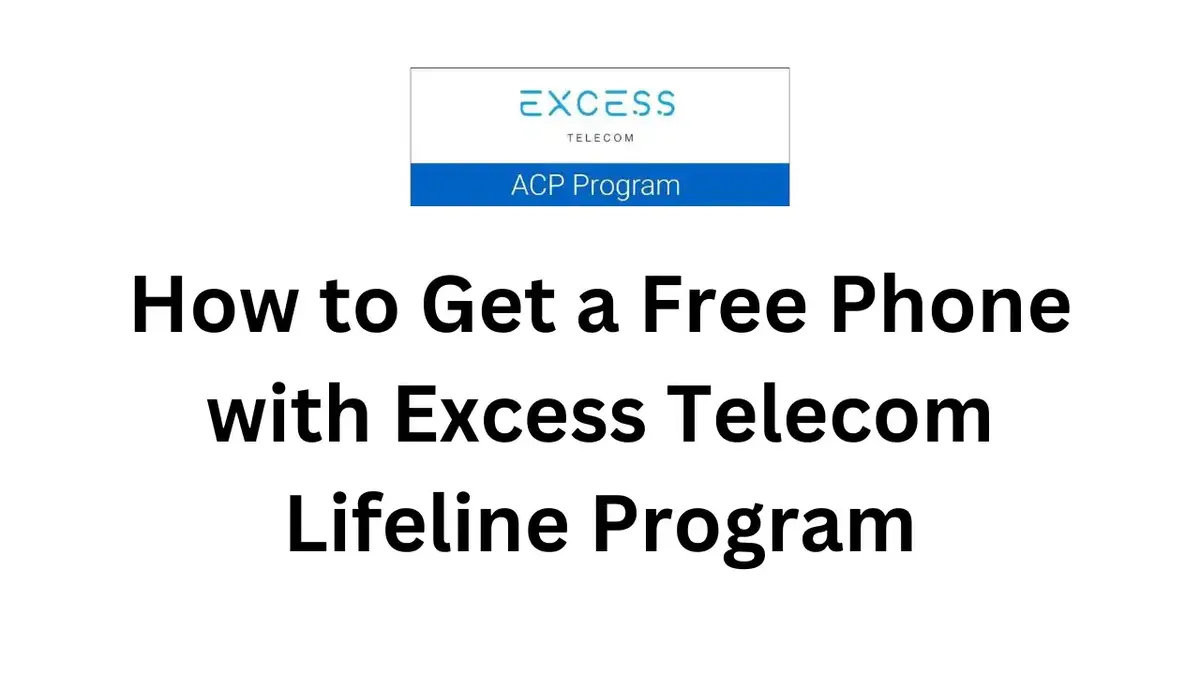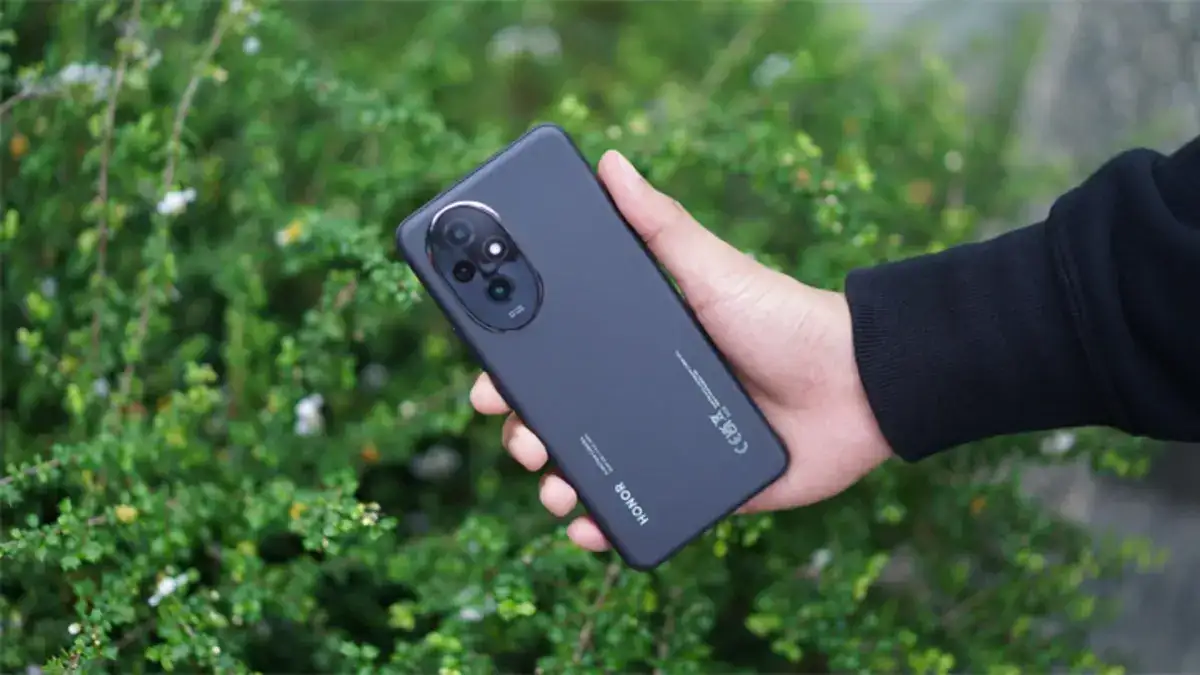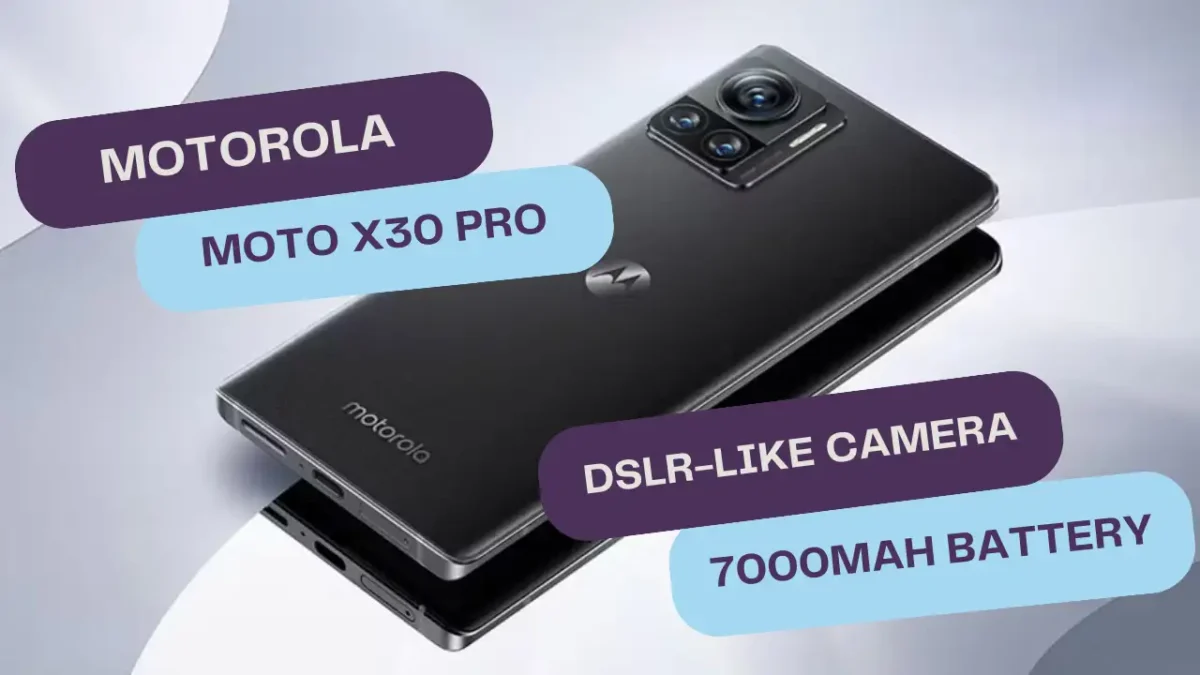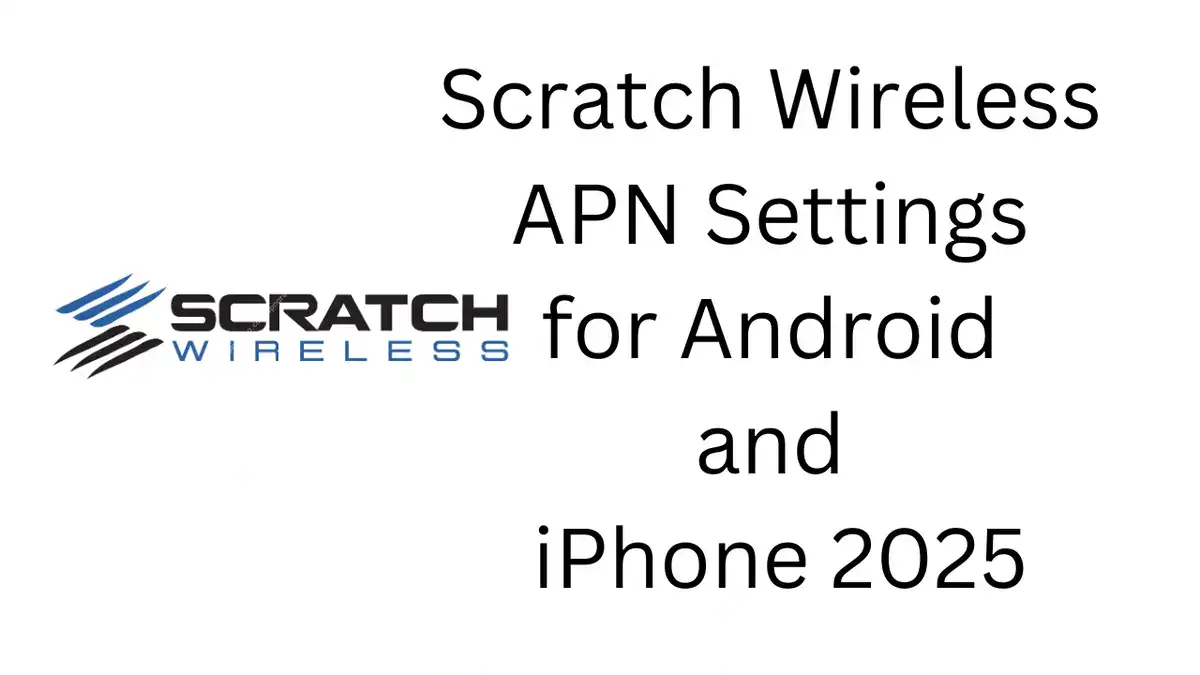The Excess Telecom Lifeline program is a crucial initiative designed to assist low-income households by providing affordable phone and internet services. In this blog, we will guide you through the entire process of applying for the Excess Telecom Lifeline, highlight common mistakes to avoid, and provide tips to ensure a smooth application.
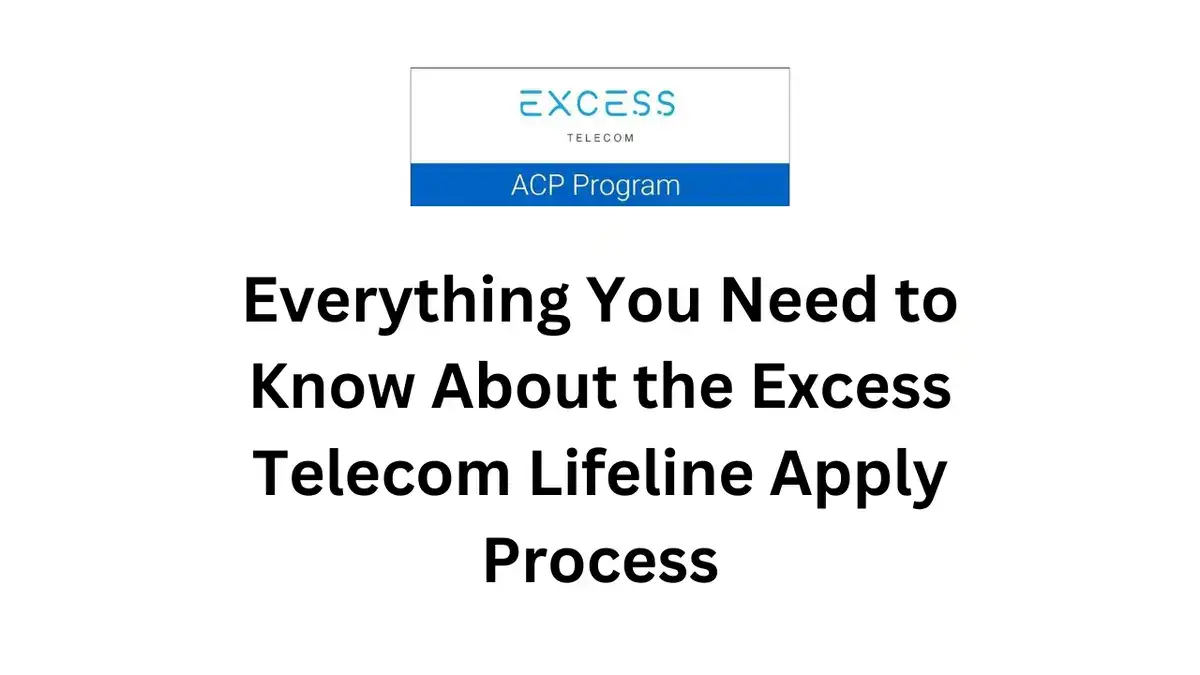
We’ll also cover the necessary documents and how to check your eligibility.
What is the Excess Telecom Lifeline Program?
The Excess Telecom Lifeline program, managed by the Federal Communications Commission (FCC), aims to make phone and internet services more affordable for low-income consumers. This subsidy reduces monthly costs, providing essential connectivity for people who need it most. The program helps ensure that individuals and families can maintain communication for healthcare, education, and employment opportunities.
How to Apply for the Excess Telecom Lifeline Program
The application process for the Excess Telecom Lifeline is simple if you follow the required steps carefully. Below, we outline the necessary steps for a successful application:
Step 1: Check Your Eligibility
Before starting the application process, you must first confirm that you meet the program’s eligibility requirements. To qualify for the Excess Telecom Lifeline program, you must:
- Be a member of a low-income household: Generally, your household income should be at or below 135% of the Federal Poverty Guidelines (FPG).
- Participate in government assistance programs: Common qualifying programs include Medicaid, Supplemental Nutrition Assistance Program (SNAP), Supplemental Security Income (SSI), Federal Public Housing Assistance (FPHA), and others.
- Live in an area served by a Lifeline provider: Check if your provider participates in the Lifeline program.
Step 2: Gather the Required Documents
For a smooth and quick application, you’ll need to prepare some important documents. These documents help verify your eligibility and ensure your application is processed without delay. Typical documents you may need to provide include:
- Proof of income: This can include pay stubs, tax returns, or an official letter from the relevant government assistance program.
- Proof of participation in assistance programs: A copy of your Medicaid card, SNAP award letter, or other program documentation.
- Identification: A government-issued ID, such as a driver’s license or passport, may be required to verify your identity.
- Proof of address: A recent utility bill, lease agreement, or other documents showing your residence.
Step 3: Complete the Application Form
Once you’ve confirmed eligibility and gathered your documents, it’s time to complete the application. The application form can be submitted online or by mail, depending on the provider you choose.
- Online Application: Visit the official Lifeline website (www.lifelinesupport.org) to access the online application form. Ensure all details are correct before submitting.
- Mail-in Application: If you prefer, you can also mail your completed form and required documents to the Lifeline Support Center. Be sure to follow the instructions carefully to avoid delays.
Step 4: Submit Your Application
Once you have filled out the form and attached the necessary documents, submit your application. For online submissions, a confirmation message will be sent. If you’ve submitted via mail, keep a copy of your application for your records.
Step 5: Wait for Approval
The processing time for your application can vary. On average, it takes about 7 to 10 business days for the application to be reviewed. After processing, you’ll receive a notification about whether your application has been approved or if more information is required.
If approved, your Lifeline benefit will be applied to your monthly phone or internet bill. Make sure to regularly check your service provider’s account to confirm that the discount has been applied.
Common Mistakes to Avoid During the Application Process
Applying for the Excess Telecom Lifeline program may seem straightforward, but there are common mistakes that many applicants make. Avoiding these mistakes can save you time and prevent delays in processing your application:
- Incorrect Information: Ensure all the information you provide, such as your address, contact details, and income, is accurate. A mistake in any of these details can delay your application.
- Incomplete Documents: Double-check that you have submitted all the required documents. Missing documents or incorrect submissions can cause your application to be denied or delayed.
- Submitting the Wrong Program Information: Ensure you are applying based on the correct assistance program (e.g., Medicaid vs. SNAP). Using the wrong documentation can result in ineligibility.
- Not Renewing Annually: The Lifeline program requires you to recertify your eligibility annually. Failing to do so may result in losing your benefits.
Tips for a Smooth Application Process
To make your application process as smooth as possible, here are some helpful tips:
- Start Early: Begin the application process early to avoid unnecessary stress, especially if you need to gather documentation.
- Double-Check Your Eligibility: Review all eligibility criteria thoroughly before starting the application to ensure you qualify.
- Keep Track of Deadlines: Remember that Lifeline benefits require annual recertification. Keep track of your renewal dates to avoid losing benefits.
- Seek Assistance: If you’re unsure about the application process or need help gathering documents, reach out to your service provider or the Lifeline Support Center for guidance.
How to Check Your Eligibility for the Excess Telecom Lifeline Program
To check your eligibility for the Excess Telecom Lifeline program, you can visit the official Lifeline website (www.lifelinesupport.org). The website provides a detailed list of criteria and a pre-screening tool to assess whether you qualify based on your household income or participation in eligible government programs.
Alternatively, you can contact your telecom provider directly. Many providers offer online tools or customer service representatives who can assist you in verifying your eligibility.
Conclusion
The Excess Telecom Lifeline program is an invaluable resource for low-income households looking to stay connected. By following the steps outlined above and avoiding common mistakes, you can apply with confidence and ensure that you get the most out of the program. Always remember to keep your documents up to date and reapply annually to continue benefiting from discounted telecom services.
By staying informed and prepared, you’ll be able to navigate the Lifeline application process smoothly and gain access to the affordable communication services you deserve.

